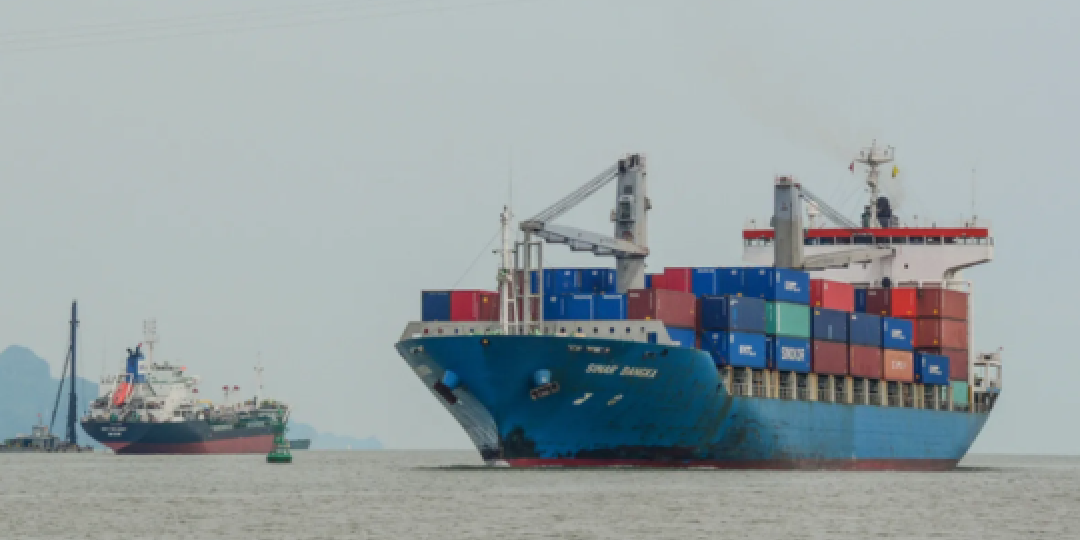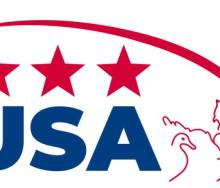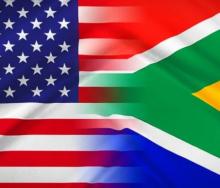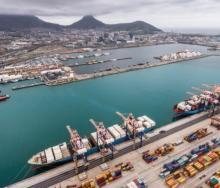China’s most capable logistical neighbour to the south is once again under international scrutiny as it is believed to be acting as a conduit for Chinese goods destined for the United States.
This comes after the US imposed a fresh round of punitive tariffs on Chinese imports in April, a move widely referred to as the "Liberation Day" or reciprocal tariffs.
The development echoes similar patterns seen during Donald Trump’s first term in office, when Vietnam was also targeted for allegedly relabelling Chinese goods to avoid US tariffs.
Industry experts, including Peter Sand, shipping intelligence Xeneta’s principal analyst, report a dramatic surge in cargo from China to Vietnam, coinciding with a notable drop in direct exports from China to the US.
This shift in trade flows has raised suspicions that Chinese manufacturers are seeking to bypass the new tariffs by rerouting goods through Vietnam and other Southeast Asian nations.
Vietnam and several other countries which are subjected to the so-called Liberation Day tariffs, currently benefits from a 90-day pause on the implementation of these measures.
However, China is already feeling the impact of the tariffs, with its exports to the US sharply declining.
US trade officials have repeatedly warned Vietnam to crack down on transshipment practices or risk facing reciprocal tariffs.
Customs data from April 2025 shows record-high imports from China into Vietnam, alongside a surge in Vietnamese exports to the US, further fuelling concerns about the authenticity of these shipments.
The situation highlights the delicate balancing act Vietnam faces as it seeks to maintain strong trade relationships with both the US and China, while avoiding punitive measures from Washington.
Negotiations are ongoing, with the 90-day reprieve providing a window for Vietnam to demonstrate its commitment to addressing transshipment concerns.













